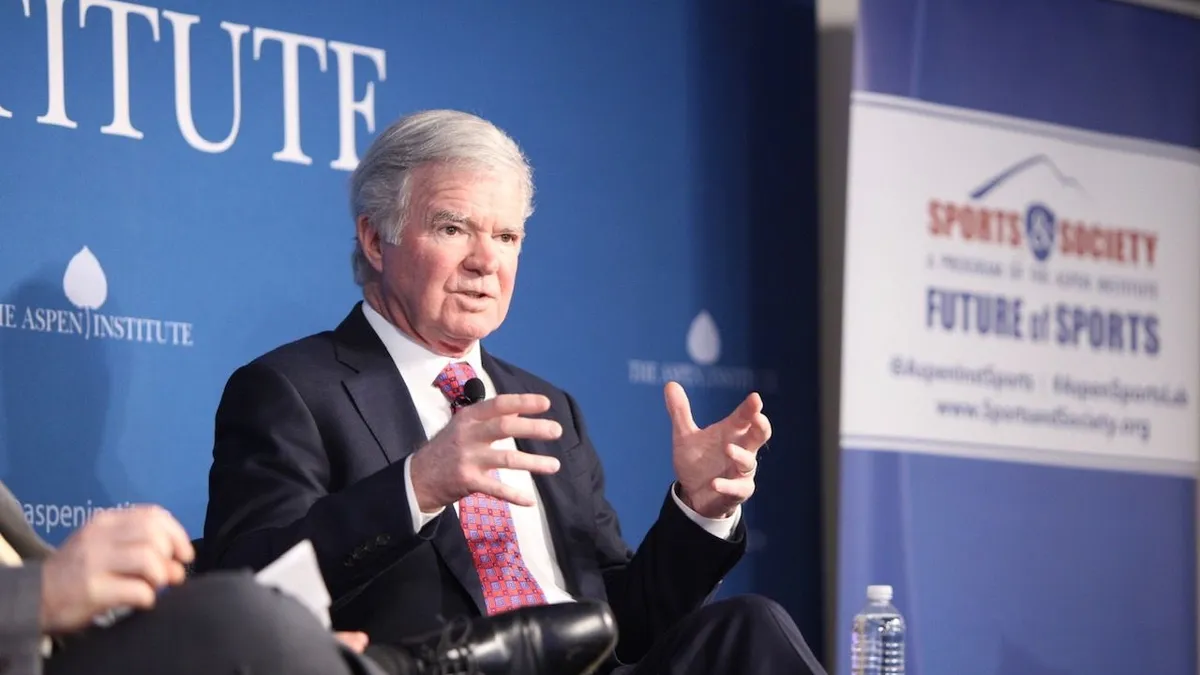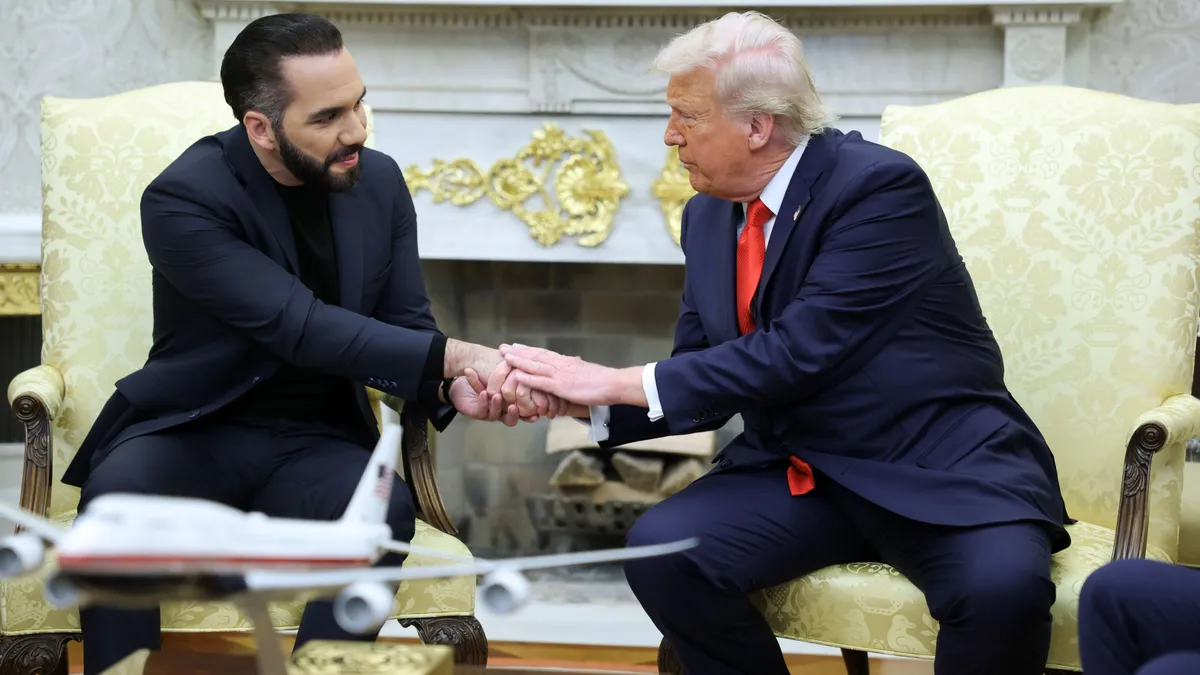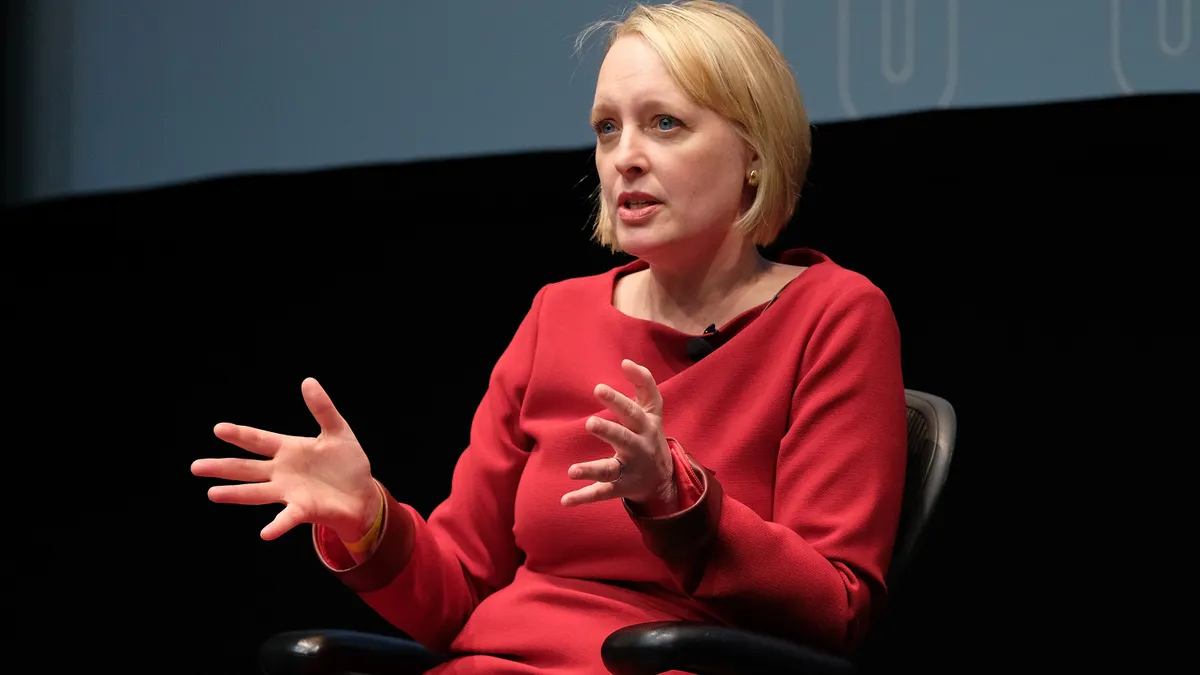Societal shifts have long required labor and employment law rewrites. And as today's workplace watchers are laser-focused on answering the questions raised by the recent gig economy boom, a smaller contingent of stakeholders are, somewhat quietly, looking at college athletes in the same light.
College athletics, once dominated by student-organized competitions, has grown into a $14 billion industry. Football and college basketball, in particular, have become big businesses akin to their professional counterparts. But there's a key difference: college players are compensated only with a scholarship and, for some, a cost-of-living stipend. This arrangement has been criticized as exploitative, especially because coaches and administrators are making healthy salaries, many in the millions.
College sports' amateurism rules even prevent student-athletes from making money through local sponsorships or other third-party partnerships. But that may be changing, with California leading the charge.
California on the leading edge
A law set to take effect in California has brought new attention to the possibility of evolving the student-athlete model. In September, the state's legislature unanimously passed the Fair Pay to Play Act. Taking effect in 2023, the measure bars colleges from preventing athletes from hiring an agent and receiving money from third parties for use of their name, image and likeness. Other states are considering similar policies.
Despite fighting the California bill aggressively, the NCAA — the governing body representing the athletic departments of roughly 1,100 colleges and universities — ceded this ground, voting to soon allow "name, image, and likeness" (NIL) pay and spend the next year updating its policies and bylaws. It also said it will look for a solution to accommodate the change and address any issues that may arise from different states having different versions of the same rule.
It has done so without folding on other ideals — namely, that there is no employee-employer relationship. "There's a few key things that we find inviolable in the college sports space," NCAA president Mark Emmert said at a Dec. 17, 2019, event at the Aspen Sports Institute. "First of all, the relationship between the students and the school has to be that of student and institution, not employee-employer … If you move students into an employee-employer relationship, then that changes the legal context in which they operate."
Emmert continued by explaining that changing that legal context and making athletes employees could create a host of other issues. For example, Title IX of the Education Amendments of 1972 prohibits discrimination in educational programs and activities that receive federal assistance. Collegiate athletic programs fall under the law's definition of "educational programs and activities," but Title IX may not cover a labor agreement struck between student athletes and universities. Emmert said: "It has utterly nothing to do with labor law."
Federal intervention
After decades of resisting federal intervention, the NCAA is now looking to national lawmakers for support. Emmert said he called on Sens. Mitt Romney, R-Utah, and Chris Murphy, D-Conn., in particular.
"I think that the debate and the discussion is well past the ability of a group of states to resolve it," he said. "I feel very strongly, as do all the universities, that college sports shouldn't be run out of the federal government… but in terms of addressing these issues and creating a legally valid model in which the schools can provide more than they do now... has to be created in a national level."
Murphy, a member of the U.S. Senate Committee on Health, Education, Labor and Pensions, released a three-part report outlining the various inequities and incongruencies in the current collegiate athletics model. It addressed, among other things, the way the NCAA and its member schools generate revenue and how those earnings are disproportionately dispersed to administrators, colleges and coaches rather than athletes. It also concluded that schools fail to make good on their promise of a college education and should be doing more to support the physical and mental health of student athletes.
Murphy said it's a civil rights issue: "These are largely young African-American athletes that are playing at the big time college sports programs, and the adults who are getting rich off their exploits are largely white. That fact can't be ignored."
To that end, Murphy, Romney and others formed a bipartisan working group to facilitate discussions about student-athlete compensation and related issues.
Athlete advocates also say legislative action is needed. Ramogi Huma, executive director of the National College Players Association (NCPA) has expressed approval of Murphy's efforts. His organization backed the California law and said in a recent press release that college athletes "are in desperate need of legislative action to ensure key physical, academic, and financial protections."
Huma said he disagrees, however, with Emmert's assertion that state-by-state laws will not be effective and believes that a federal intervention is not necessary to make positive change. "States should be free to dictate public policy in their states' higher education. They do it all the time," Huma said in a panel at the same Aspen Institute event. "The states are the ones driving the change in the first place," he later added.
Looking forward
In the coming months and years, there will be a push and pull between groups focused on student-athlete rights, like the Senate working group, the NCAA, the NCPA and others. Emmert and the NCAA may fight California's NIL law, but other states are working on similar legislation as the issue gains national attention.
"There are rights coming to college athletes as a matter of law in a few years," Huma said. "Other state lawmakers want to have the same rights... professional representation, the ability to see third-party money, whether it's tethered to education or not. Our message to Congress is hammering those principles."
Some say that no matter how you slice it, change is needed. College sports' revenue has increased significantly while athlete compensation — namely, a scholarship — has remained relatively flat. "We're existing in a structure that was built in 1970. Think about what's happened on the commerce side since 1970," Amy Perko, CEO of the Knight Commission on Intercollegiate Athletics, said at the event, noting the College Football Playoff, the expansion of bowls, the advent of conference TV networks and the rising popularity of the NCAA basketball tournament among the large financial boons for the business of college sports.
"The commerce side has exploded," she said. "So we're saying it's really time to look at the structure.
Correction: An earlier version of this story contained an incorrect photo credit. The photo was taken by Laurence Genon.





















